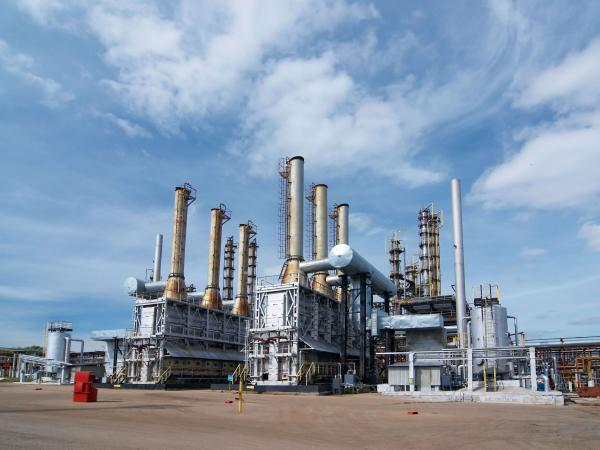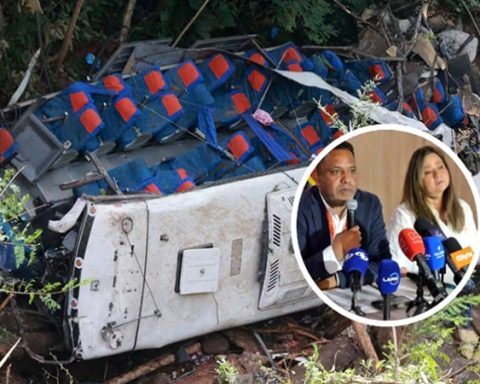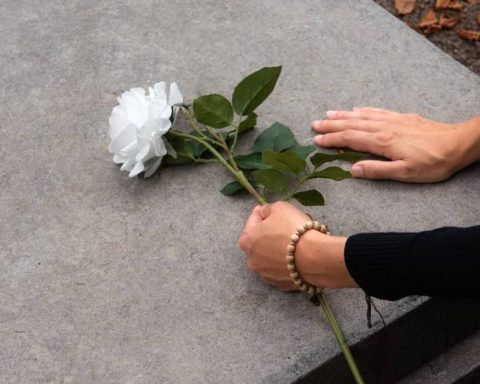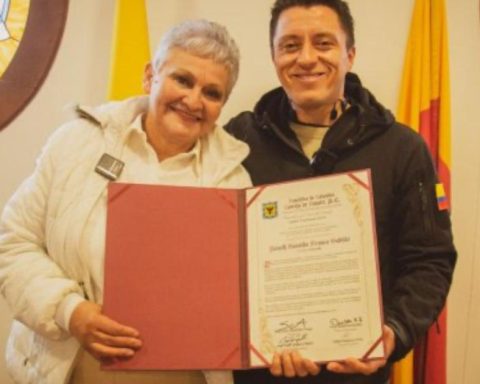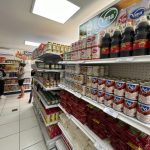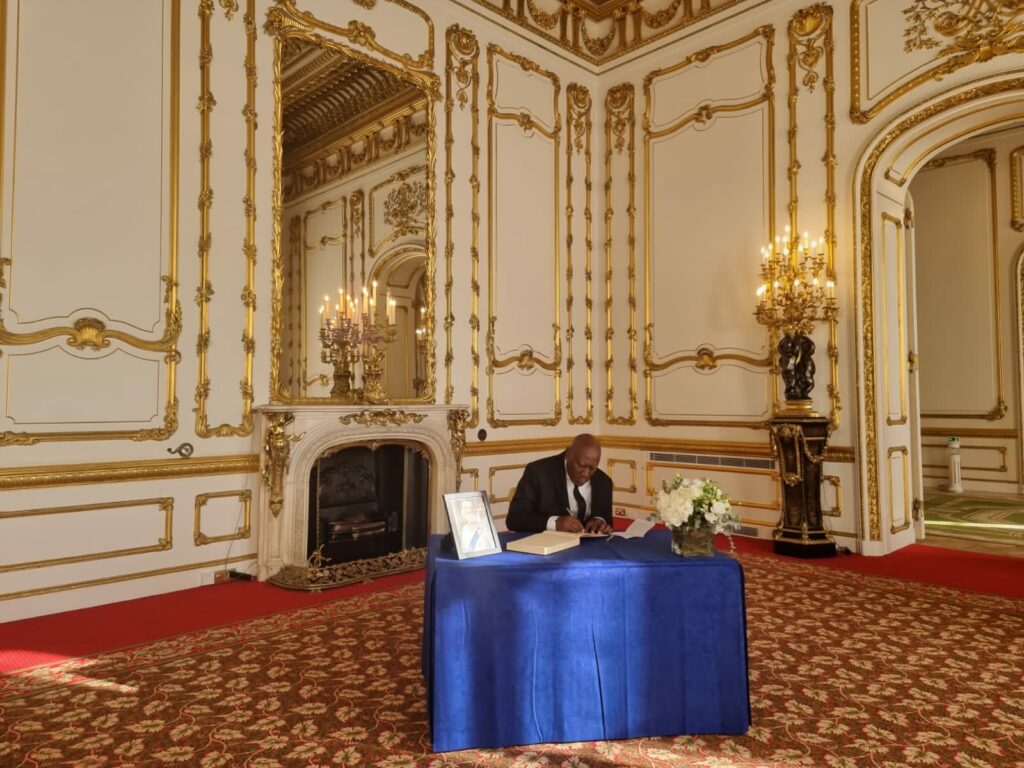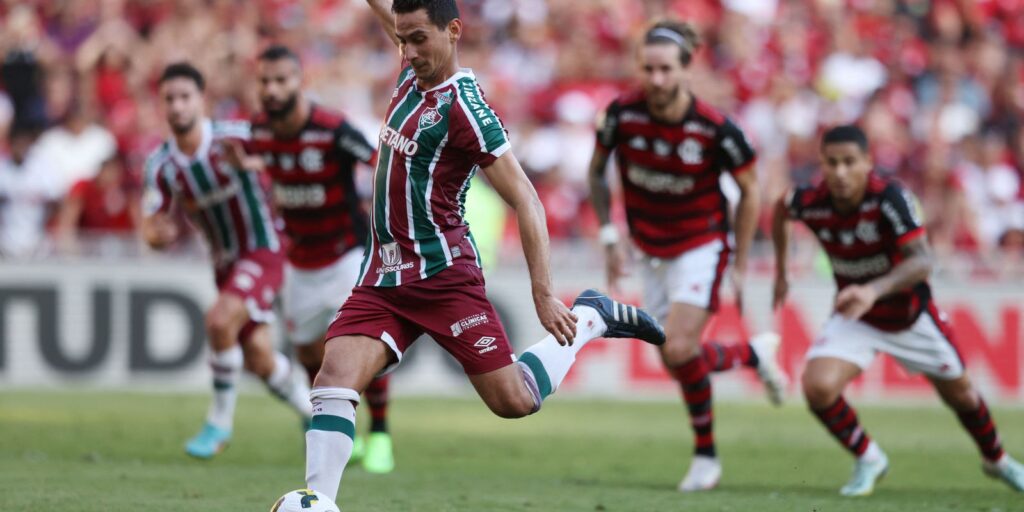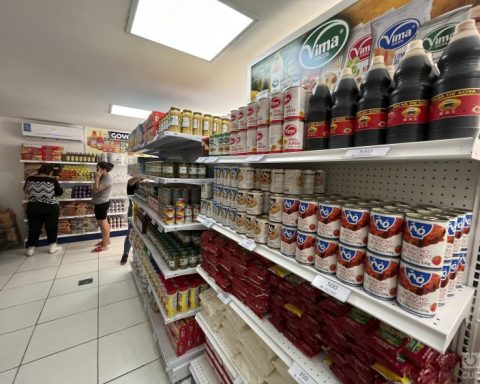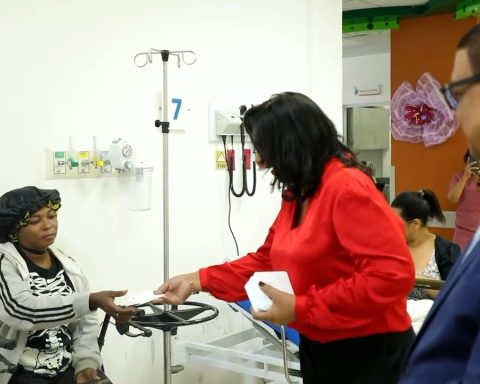For the second time, the Upme launched the call for investors to present their proposals for the Pacific Regasifier. The first such call was launched last year and was declared void. Now, the Unit made changes and launched the call again. Christian Jaramillo, director of the entity, explained the main changes in this new round.
(Read: Tax reform would put offshore gas deposits at risk).
What were the main adjustments?
The first thing is that there was a possibility that the work could be definitively stopped and it was not clear to the investors what was happening at that moment. So we had to change that, say what happened if there was a reason that stopped the work. From the last time we established when they had to deliver the work, but if it is delayed, we give it a security ring, which is a plan B to comply with while it is finished. This has a time limit. The investors considered that it served, because there is no default, but it caused them a problem and that is that the remuneration is also delayed.
Investors said that, despite the fact that the work is delayed, they are delivering the gas. We were also worried about that because we pay and even then there is the possibility that the work will not enter. We found a solution and that is to run the payments constituting a bank guarantee, which means that if the work is not delivered, we collect the guarantee.
Has anything changed regarding how you are remunerated through rates?
We are talking about reliability here, which is insurance. These work for when something happens. The regulation says that the beneficiaries have to pay it, so the first job was to define who. There was a fight, because there were people who did not want to pay. That’s why there were discussions about how much each one had to pay. That is a Creg task, they did not change it, but they did clarify it.
(Keep reading: Oil, inputs and inflation: effects of the Russian war in Colombia).
The Pacific Regasification project has been criticized several times (reference image).
Why do it in the south, considering the costs?
Doing it in Buenaventura has benefits. If one looks at the gas map of Colombia, it is the area that does not have, if we continue to put gas up, every time there is damage to the tube we will not have gas down. Therefore, if we can choose where to put gas, it would be in the south.
It is more expensive to build, but transporting the gas is cheaper and more reliable. If we put it in La Guajira, it’s very close to where it connects, but you still have to take the gas to the south and that’s US$6 per Mbtu. If the construction of the work is counted, buying it and taking it to the south, in that case it is much more expensive than putting it down, where it is needed. The difference between Valle and Magdalena would be US$6 per Mbtu for transportation. We look at how much the gas is worth to the consumer, not just the work.
When could there be a definition of the selected one?
The call closes in February. We spend a month evaluating the technical envelopes that arrive to us, to make sure that the conditions are the ones we are asking for. When deciding who qualifies, comes the easy part, because it is the cheapest. In March we know who stays with the project.
(Also: Mintransporte evaluates gasoline subsidy for people transport).
What would happen if it declares itself deserted again?
We launched a call and lost a year because it was declared void. And we are already seeing a deficit in the gas balance in 2027 and the work would not be there yet. It is a small deficit and if there is an ‘El Niño’ Phenomenon and that would mean that we would have to turn on the thermals with diesel, which pollute more. We could handle that and the work would arrive at the end of 2027. If it is postponed one more year, the deficit is already so great that I am not sure that we can handle it.
Daniela Morales Soler
